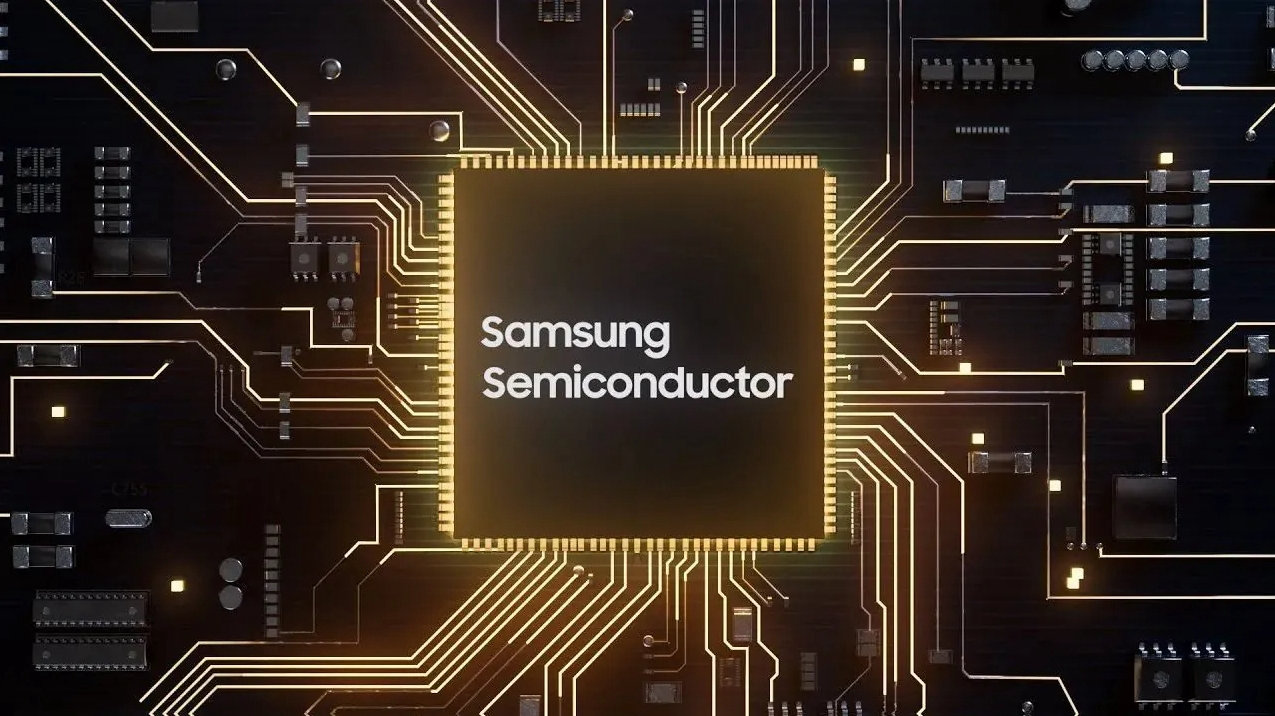Samsung upgrades semiconductor packaging process: shifting from non-conductive adhesive to bottom molded adhesive to enhance technical level
In the past, Samsung has been using NCF as the vertical connecting material for semiconductors. NCF can form a durable thin film between semiconductors, effectively preventing chip bending. The report points out that Samsung Electronics plans to introduce MUF materials in the silicon via (TVS) machining process. TVS processing is the process of piercing thousands of small holes on a wafer or bare crystal to achieve vertical interconnect channels for silicon wafer stacking. As a material for connecting up and down, MUF helps to narrow the gap between semiconductors, thereby promoting the tight solidification and bonding of various vertically stacked semiconductors.
The report points out that Samsung Electronics plans to introduce MUF materials in the silicon via (TVS) machining process. TVS processing is the process of piercing thousands of small holes on a wafer or bare crystal to achieve vertical interconnect channels for silicon wafer stacking. As a material for connecting up and down, MUF helps to narrow the gap between semiconductors, thereby promoting the tight solidification and bonding of various vertically stacked semiconductors.
IT Home learned from the report that Samsung Electronics has purchased MUF related equipment from Japan. Through this transformation, Samsung seems to hope to not only improve its processes but also increase production efficiency.
SK Hynix has been using NCF before the second generation HBM, but has been directly transitioning to MUF since the third generation (HBM2E), especially with MR-MUF. An industry insider said, "Compared with NCF, the thermal conductivity of MR-MUF method has increased by about 2 times, which has a significant impact on process speed and yield."


